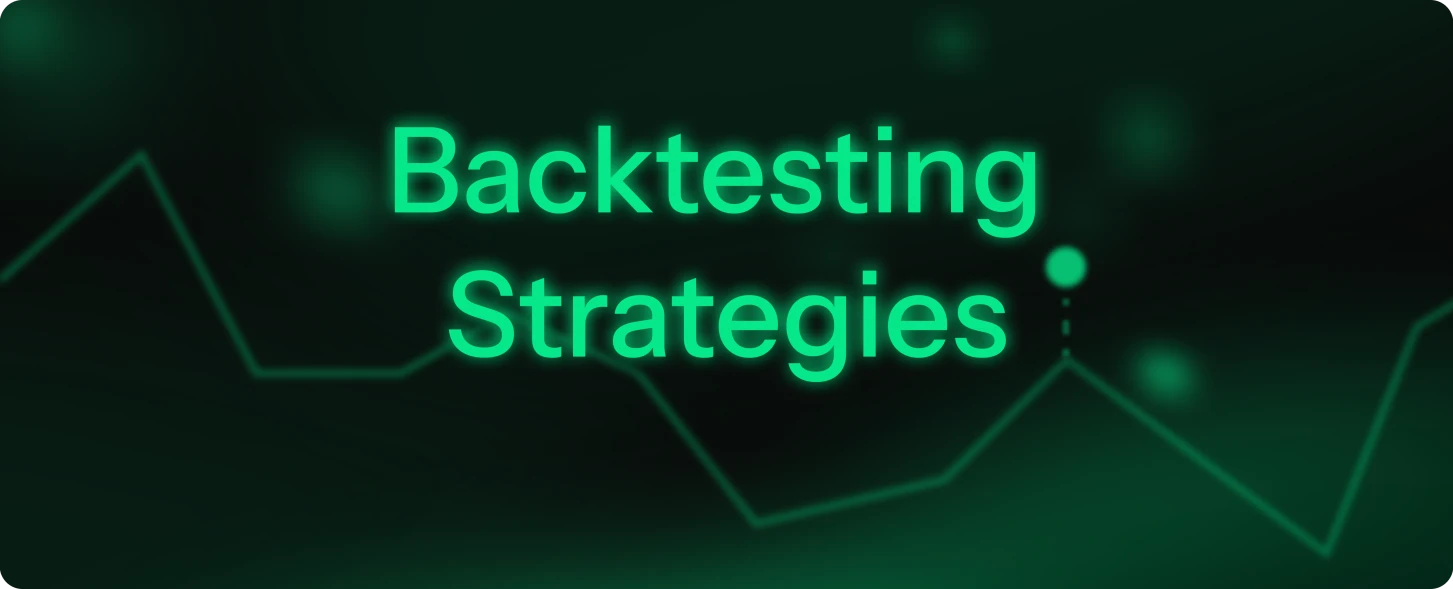Mike | The Lab
Published on
Jun 25, 2025
The market is risky because of volatility, which also presents opportunities for traders. Volatility in futures trading dictates how quickly and how far a price can move in a specific period of time. You're trading blind if you don't know how it works.
Let's examine what volatility is and how to take advantage of it.
What volatility really means
The rate at which prices move over time is referred to as volatility. A market with high volatility moves quickly within minuteswhile a market with low volatility drifts with little movement.
The following sources of volatility in the futures market:
Press announcements about the economy
Rebalancing within institutions; earnings and economic data; and unforeseen world occurrences
Depending on your approach and level of risk control, it can be both a profit generator and a risk multiplier.
Why volatility matters to traders
All strategies rely on volatility. A scalper depends on quick, precise motions. For a swing trader, controlled volatility over a number of days is essential. However, excessive volatility without self-control might result in irrational trades and significant losses.
Make use of volatility to:
Modify stop-loss distances and adjust position sizing
Time entries pertaining to anticipated news occurrences
Select the appropriate contracts for trading.
TL;DR
It is important to manage volatility rather than to be afraid of it. It is the market's lifeblood and a crucial component of potential. Once you get the hang of it, your approach will be flexible. If you ignore it, even well-thought-out setups might result in needless losses.






